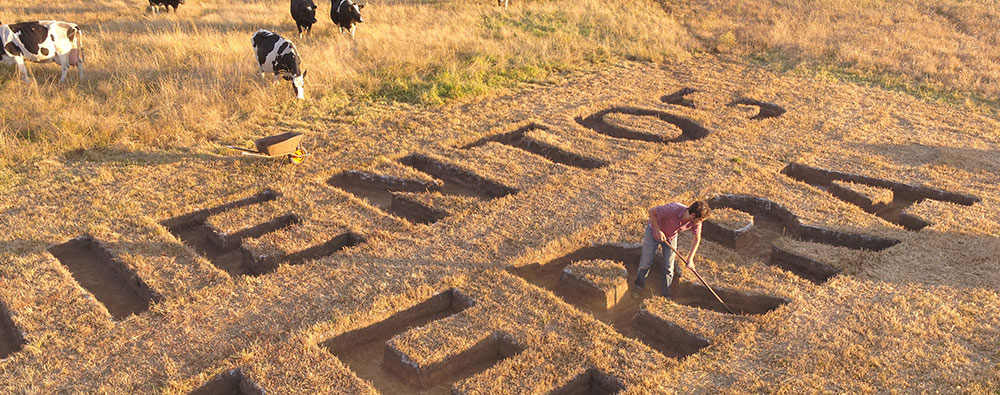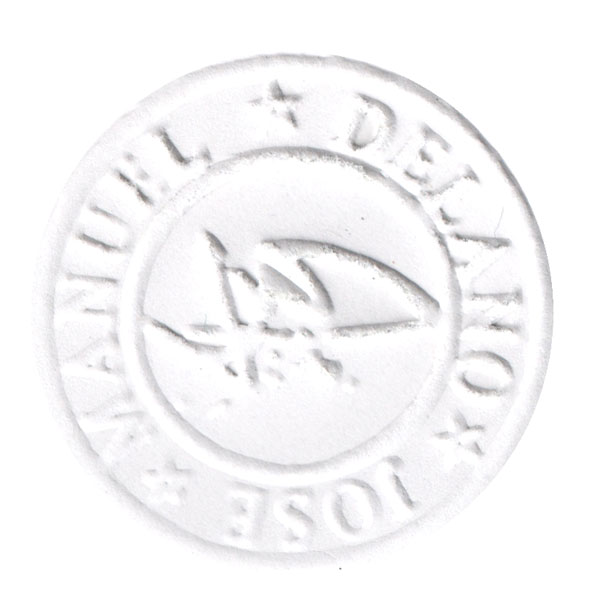
In the ever-evolving realm of the artistic creation, my work embarks on a timeless journey that fuses the conventional boundaries of design and art to question the art work itself, the exhibition format and where it is displayed.
But why do we need to question it? In a world dominated by image making and polarized narrative fomented by algorithms, the standard exhibition has become mainly a place of gathering of people that follow the same club, exhibitions that exhibit art for art lovers. But what happens when we make an exhibition that questions that. Can an exhibition with critical questions be thought for a general audience that can maybe think radically different and encourage a more richer and broader discussion?
The bigger questions and decision of format comes from the starting point, the curatorial discussion. What will the exhibition be about and how will it be delivered? Can we bring fresh narratives to complex day to day topics and visualize them from different perspectives? Do the exhibitions have to be mainly object based (don’t touch or with a market value) or archive based (read and read)? Can we think of an exhibition to be thought from a mediation starting point? Or must all exhibition have to be hosted in an inner Museum / Gallery set up location? The intention is to rethink these initial questions to hopefully develop art works and formats of exhibiting them that can engage all possible kinds of audiences.
The design of how these art works or exhibitions are thought will be decisive in this discussion. Why not set up experiences that can bring emotions without having to depend not only on objects or achieves or how can we think of new perspectives where the visitor is at the centre of the space and not only the elements exhibited? Day to day common setups (that people relate to) combined with complex technological scenarios can play an important role. The objective should be to think of a different design scenario that hopefully can bring down from the Olympus distant art practices to make them accessible to everyone without compromising innovation or critical thinking.
Public Space can play an important role. It is where the work is exposed to the unpredictable elements with an unfiltered gaze of public varying backgrounds, ages, and perspectives. The magic of public space lies in its ability to democratize art, erasing the boundaries between creator and spectator. Here, everyone becomes part of the artistic narrative, reacting, interpreting, and engaging in a shared dialogue. It is where the art work navigates this ever-shifting landscape to be exposed to scrutiny, critique, or appreciation from a diverse multitude that can bind together the rich tapestry of human and non human lives.
In these multidisciplinary work displayed here with undefined boundaries, I invite you dear visitor, to engage with an open perspective to try and find the thread connecting them all. Looking forward in hearing from you and why not, plan a collaboration if you share these questions and values.
José Délano (Chile, 1978)
PUBLIC SPACE INTERVENTIONS
- 2023 – Public Geometries, Commopoly, Spielfeld Marzahn, Berlin, Germany
- 2022 – Control Tower, Matucana 100, Santiago, Chile
- 2021 – PLAY, Monopol, Berlin, Germany
- 2021 – + Futuro, Zickenplatz, Berlin, Germany
- 2020 – Soil Incision, Niagara, Araucanía region, Chile
- 2019 – The Triumph of the Arch, Niagara, Araucanía region, Chile
- 2018 – Newcomers (Visual Public Service), Moritz Platz, Berlin, Germany
- 2016 – Mirrors (Visual Public Service), Streets of Valparaiso, Chile
- 2013 – Windows and Neons (Visual Public Service), Via Garibaldi, for the Venice Art Biennale, Venice, Italy
- 2012 – Benches, different parks in Santiago, Chile
COMMISSIONED INTERIOR INSTALLATIONS
- 2023 – Room O, (Prologue for the exhibition Cine(so)matrix), Museo Reina Sofía, Madrid, Spain
- 2020 – Bauhaus 100, the manifesto manifests (Hall installation Bauhaus anniversary), National Museum of Fine Arts, Santiago, Chile
- 2017 – EL triunfo del Arco, (Hall installation exhibition Movimientos de Tierra), National Museum of Fine Arts, Santiago, Chile
- 2014 – Zoomorfología Salvaje, (Hall installation exhibition Africa), Centro Cultural La Moneda, Santiago, Chile
- 2014 – Splitting Gordon Matta-Clark, (Hall installation exhibition Projections), National Museum of Fine Arts, Santiago, Chile
- 2013 – Flores, (Façade gallery installation for the exhibition Violeta Parra), Centro Cultural La Moneda, Santiago, Chile
EXHIBITION AND STAGE DESIGN
- 2024 – Museo 31, Museo Franz Mayer, Ciudad de Mexico, Mexico
- 2024 – Getting lost finding something, stage design, Villa Heike, Berlin, Germany
- 2024 – Museo 31, Centro Cultural La Moneda, Santiago, Chile
- 2023 – Was anderes machen, Silent Green, Berlin, Germany
- 2022 – Ander, National Museum of Fine Arts, Santiago, Chile
- 2022 – The third lifes of Agnes Varda, Silent Green, Berlin, Germany
- 2021 – The Garden, Silent Green, Berlin, Germany
- 2020 – Yo nunca vi TV, 31 Minutos, stage design, Latin American tour
- 2019 – Tracks in a Box, AufBau Haus Gallery, Berlin, Germany
- 2018 – Los Muros de Chile, Museum of Contemporary Art, Santiago, Chile
- 2017 – Edit Film Culture, Silent Green, Berlin, Germany
- 2014 – Bauhaus Film, National Museum of Fine Arts, Santiago, Chile
- 2014 – Mujeres del Siglo XX, National Library, Santiago, Chile
- 2013 – El Universo de la India, Centro Cultural La Moneda, Santiago, Chile
- 2012 – Violeta Parra, Centro Cultural La Moneda, Santiago, Chile
- 2011 – Transnoche, Centro Cultural La Moneda, Santiago, Chile
CURATORIAL WORK
- 2024 – Museo 31, Museo Franz Mayer, City of Mexico, Mexico
- 2024 – Museo 31, Centro Cultural La Moneda, Santiago, Chile
- 2023 – Commopoly (CCPA), Spielfeld Marzahn, Berlin, Germany
- 2021 – FuturePerfectLand (CCPA), Monopol, Berlin, Germany
- 2021 – Bauhaus 100, the manifesto manifests, National Museum of Fine Arts, Santiago, Chile
- 2020 – This is an Intervention! (CCPA),Public Space of Kreuzberg 36, Berlin, Germany
- 2017 – Zwischen Räumen, Begegnungen mit Gordon Matta-Clark, ZKR, Zentrum für Kunst und öffentlichen Raum, Berlin, Germany
- 2016 – Raue Strömung, Kap Hoorn, Eingenheim Gallery, Berlin, Germany
- 2014 – Reflexiones, Gordon Matta-Clark, National Museum of Fine Arts, Santiago, Chile
